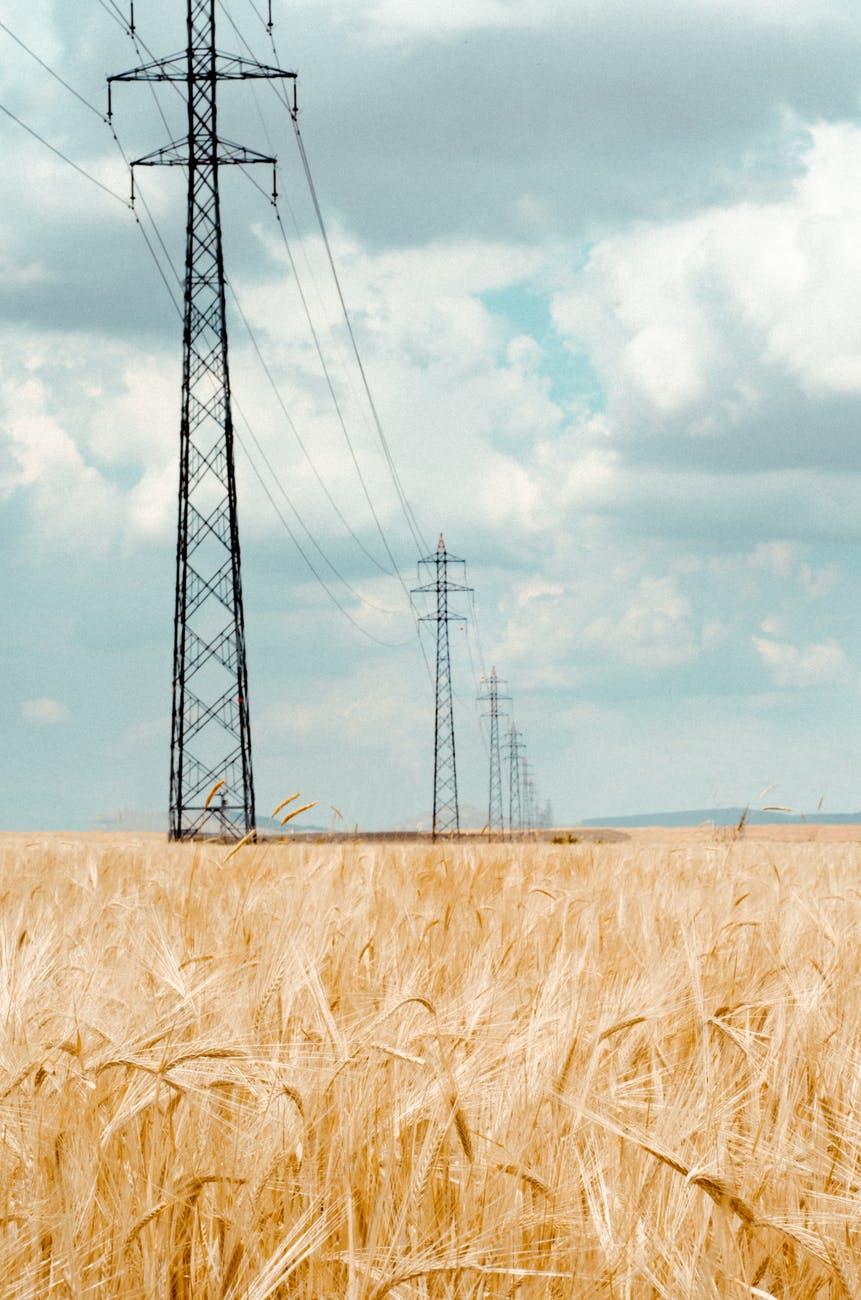今日は、電圧と周波数について興味深い記事を見つけたので、一部ご紹介をしたいと思います!
英文はこちらから引用しました。
Edison’s pioneering 1882 Pearl Street station transmitted direct current at 110 volts, and the same voltage was used when alternating current at 60 hertz took over in American homes. Later the standard was raised a bit to 120 V, and in order to accommodate heavy-duty appliances and electric heating, North American homes can also access 240 V. In contrast, in 1899 Berliner Elektrizitäts-Werke was the first European utility to switch to 220 V and this led eventually to the continent-wide norm of 230 V.
1882年に稼働したエジソンの先駆的なパールストリートステーション(発電所)は、110Vで直流を送信し、アメリカの家庭で60Hzの交流が導入されたときに、同じ電圧(110V)が使用されました。 その後、規格は120Vと少し引き上げられ、大型家電製品と電気暖房に対応するために、北米の家庭では240Vにもアクセスできるようになりました。その一方で、1899年にBerlinerElektrizitäts-Werke(ベルリンの電気工事会社)は、ヨーロッパで最初に220Vに移行し、最終的には230Vとなり大陸全体の基準につながりました。
Japan has the lowest voltage (100 V) and the dubious distinction of operating on two frequencies. This, too, is a legacy from the earliest days of electrification, when Tokyo’s utility bought German 50-Hz generators and Osaka, 500 kilometers to the east, imported American 60-Hz machines. Eastern Honshu and Hokkaido island operate at 50 Hz. The rest of the country, to the west, is at 60 Hz, and the capacity of four frequency-converter stations allows only a limited exchange between the two systems.
日本は最も低い電圧(100V)であり、2つの周波数が機能しているという疑わしい特徴があります。これもまた、東京の電力会社がドイツの50 Hz発電機を購入し、東に500km離れた大阪がアメリカの60Hz機械を輸入したことによる電化の初期の時代からの遺産です。 本州東部と北海道は50Hzで動作します。 国の残りの部分、西側は60 Hzであり、4つの周波数変換所の容量により、2つのシステム間での限られた交換のみを可能にします。

Source:https://spectrum.ieee.org/energy/the-smarter-grid/why-does-the-world-harbor-so-many-different-voltages-plugs-and-sockets
ちなみに100Vという電圧の低さは、世界全体で見てもほとんど例がなく、日本と北朝鮮くらいだそうです。なぜ低い水準を採用したかと言うと、安全性を考慮しての理由が大きいよう。
何年か前に、うちの母が新潟から関西まで鈍行列車の旅に出たことがあり、「糸魚川(新潟県の端っこ)で周波数が切り替わるらしくて、車内の照明が一回落ちたんだよ!」なんて話をしていました。当時は、周波数が変わる?糸魚川で?そんなことある?と半信半疑で聞き流していましたが、この記事を読んで、母が言っていたのはこのことだったか。と数年越しで事実確認ができました。(笑)
新潟エリア Y.T




